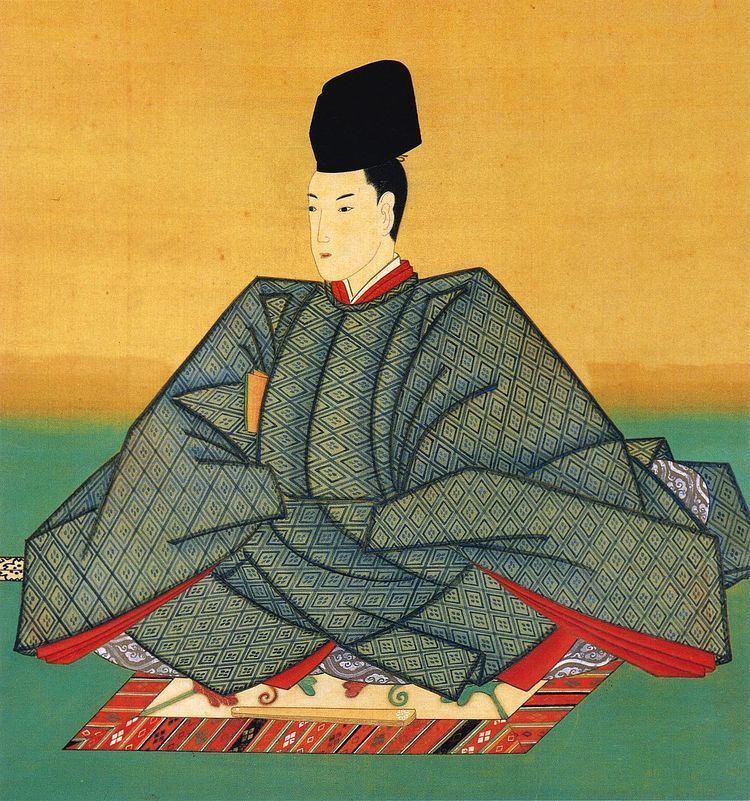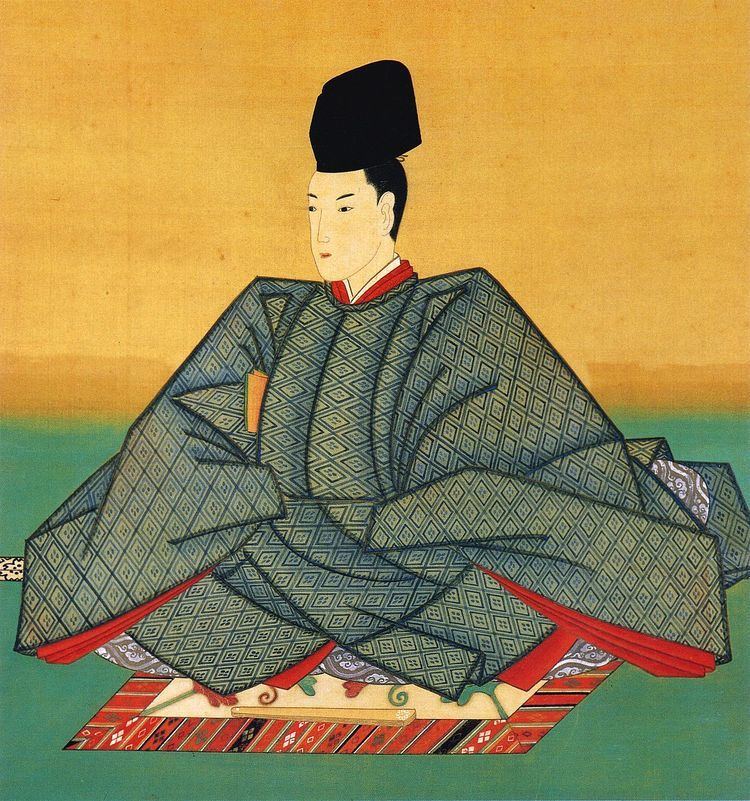Predecessor Nakamikado Parents Emperor Nakamikado Successor Momozono | Father Nakamikado Grandparents Emperor Higashiyama Name Emperor Sakuramachi | |
 | ||
Reign 13 April 1735 – 9 June 1747 Born 8 February 1720 ( 1720-02-08 ) Burial Tsukinowa no misasagi (Kyoto) Died May 28, 1750, Kyoto, Kyoto Prefecture, Japan Children Empress Go-Sakuramachi, Emperor Momozono Similar People Empress Go‑Sakuramachi, Emperor Jimmu, Akihito, Kakuei Tanaka, Hirohito | ||
Grandchildren Emperor Go-Momozono | ||
Emperor Sakuramachi (桜町天皇, Sakuramachi-tennō, 8 February 1720 – 28 May 1750) was the 115th emperor of Japan, according to the traditional order of succession.
Contents

Sakuramachi's reign spanned the years from 1735 through 1747.
Genealogy
Before Sakuramachi's ascension to the Chrysanthemum Throne, his personal name (imina) was Akihito (昭仁); and his pre-accession title was Waka-no-miya (若宮).
He was the firstborn son of Emperor Nakamikado.
Sakuramachi's Imperial family lived with him in the Dairi of the Heian Palace. This family included at least 3 children who were born to 2 consorts:
Events of Sakuramachi's life
He was said to be the reincarnation of Prince Shōtoku. With the support of Tokugawa Yoshimune, he worked for the restoration of Imperial rites, bringing back the Daijōsai (大嘗祭, the first ceremonial rice-offering by a newly enthroned emperor) and the Shinjōsai (新嘗祭, a ceremonial rice-offering by the emperor) among others, and concentrated on restoring other courtesies.
Sakuramachi's kami is enshrined in an Imperial mausoleum (misasagi), Tsuki no wa no misasagi, at Sennyū-ji in Higashiyama-ku, Kyoto. Sakuramachi's immediate Imperial predecessors since Emperor Go-Mizunoo – Meishō, Go-Kōmyō, Go-Sai, Reigen, Higashiyama and Nakamikado, are also enshrined along with his immediate Imperial successors, including Momozono, Go-Sakuramachi and Go-Momozono.
Kugyō
Kugyō (公卿) is a collective term for the very few most powerful men attached to the court of the Emperor of Japan in pre-Meiji eras. Even during those years in which the court's actual influence outside the palace walls was minimal, the hierarchic organization persisted.
In general, this elite group included only three to four men at a time. These were hereditary courtiers whose experience and background would have brought them to the pinnacle of a life's career. During Sakuramachi's reign, this apex of the Daijō-kan included:
Eras of Sakuramachi's reign
The years of Sakuramachi's reign are more specifically identified by more than one era name or nengō.
